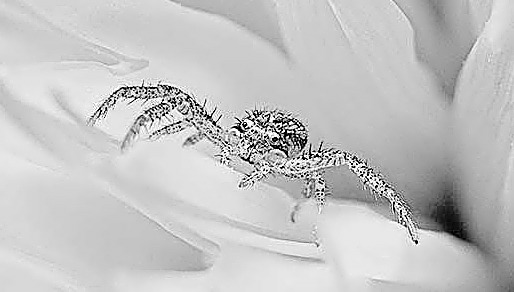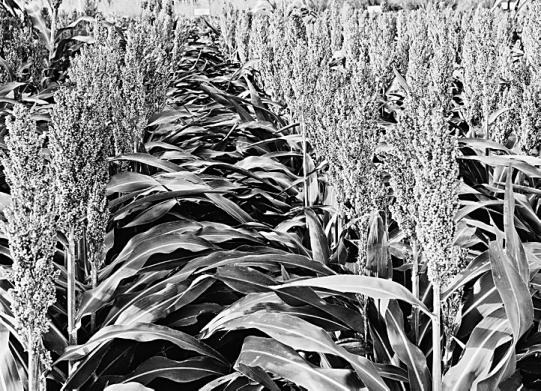Safe Kitchen Tips
Kansas State University food scientist Karen Blakeslee says cooking in the kitchen is a great learning experience for all ages. To avoid accidents, she has some reminders about safety in the kitchen: Stoves are hot. Turn pans with long handles away form other burners and from small helping hands. Because of a lot of hot, wet food and liquid, keep potholders dry or use silicone rubber potholders



